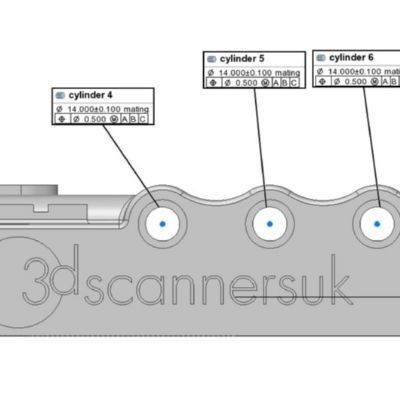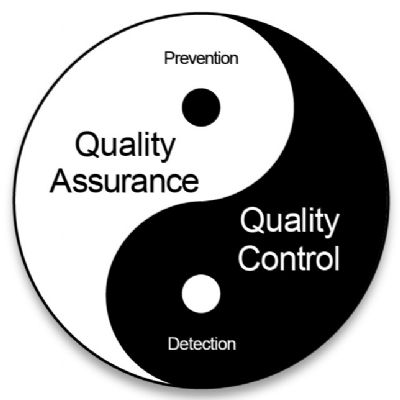Aerospace Suppliers Take Heed of the Operational Impacts of AS9100 Rev. C
April 1, 2012Comments
Its a busy year for aerospace and defense manufacturers as they deal with increased orders and accelerated schedules for new programs, while also working to meet a tight July 1, 2012 deadline for compliance with aerospace standard AS9100 Revision C.
Announced early in 2011, the latest revision to AS9100—a standard first introduced in 1999 by SME and the European Association of Aerospace Industries—includes the widest scope of changes ever made to the standard. Of the 15,000 aerospace and defense suppliers certified to Rev. B, less than one-third of them (as of this writing) have completed their Rev. C certification.
Consequences are dire for those companies that do not achieve Rev. C compliance by the deadline of July 1, 2012. Aerospace and defense suppliers that fail to comply will be suspended from approved supplier lists, including the Online Aerospace Supplier Information System (OASIS). In addition to losing future business by being removed from such lists, companies failing to comply by July 1 also place their existing business in jeopardy. OEMs face their own consequences if they maintain noncertified companies within their supply chain, so they may choose to change suppliers as needed.
Its wide scope of changes, aggressive deadline and dangerous consequences of noncompliance have made Rev. C a critical area of focus across the entire aerospace and defense industry.
Documentation, Record-Keeping, Process Traceability
For example, Rev. C requires that documents be stored within a manufacturer’s Quality Management System (QMS). Manufacturers must be able to immediately produce real-time records and documentation. Also, the manner in which records are stored must be secure and well-documented. Auditors will seek to identify what each company documents, how it documents information, how it retrieves records, who has access to records and how the company protects its QMS when data and records of external origin are introduced into the system. This includes records created or maintained by suppliers.
Rev. C also requires that manufacturers be able to identify and trace all steps in their manufacturing processes, from start to finish; record any issues that occur at any step of the process; and prevent problems before they cause nonconformances or require rework.
With Rev. C, the manufacturer must be able to identify the steps involved in every manufacturing process, such as the inspection of tooling, materials and machinery. For example, suppliers must be able to identify steps describing how tools are inspected, maintained and replaced at prescribed intervals.









